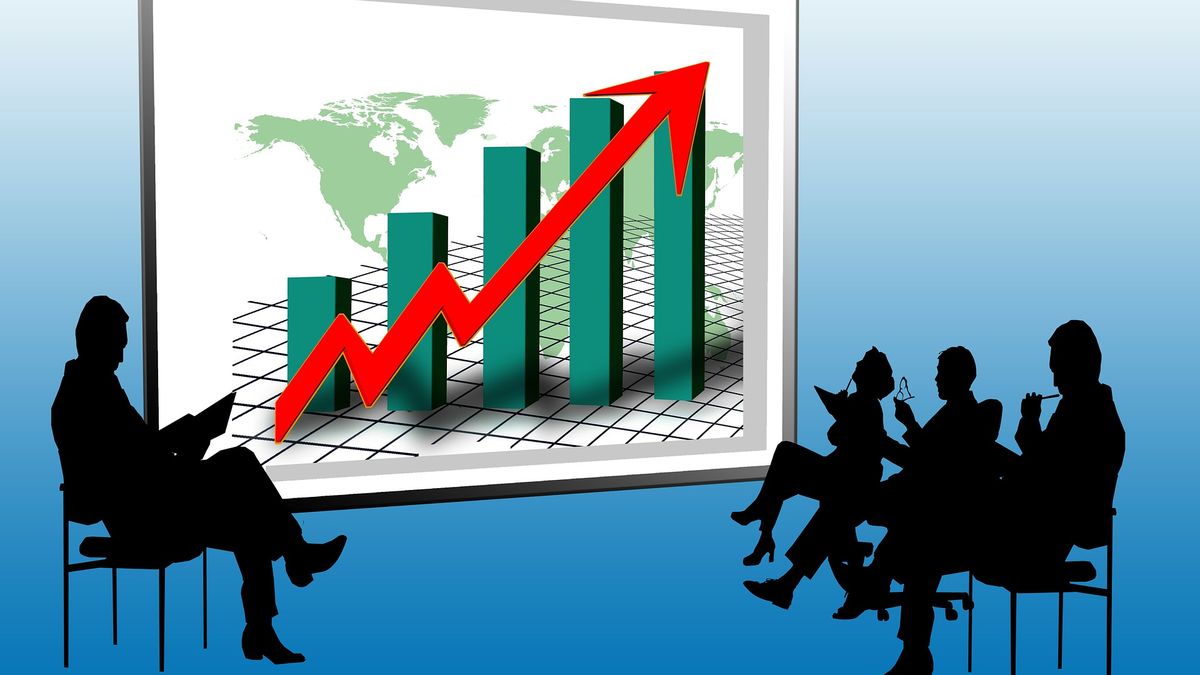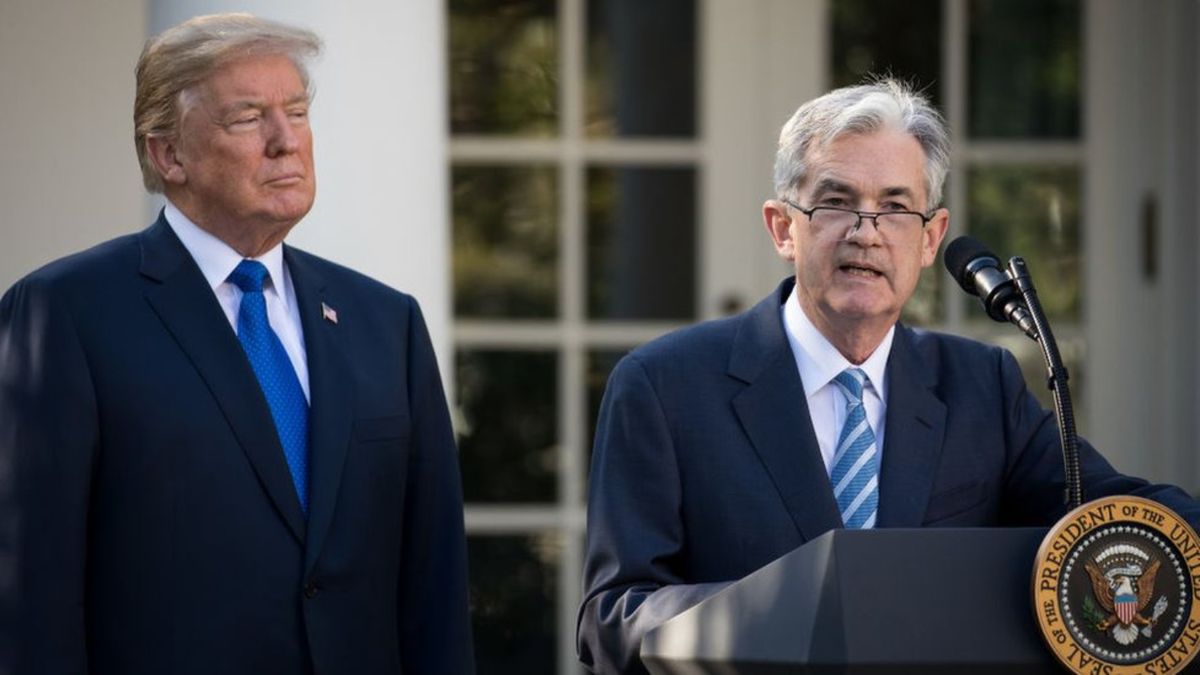Britain’s largest poultry producer warned that the country’s 20 years of cheap food were coming to an end and that food price inflation could soar into double digits. The world’s fifth-largest economy faces a severe shortage of grocers, truckers and butchers, exacerbating global supply chain stresses.
“The days when you could feed a family of four a 3-pound ($ 4) chicken are coming to an end,” Ranjit Singh Boparan, owner of 2 Sisters Group, said in a statement Thursday.
Even in Japan, where weak growth means that the prices of many things, including wages, haven’t risen much in decades, consumers and businesses face a price shock for staples like coffee and meat.
Japan’s core consumer inflation only stopped falling in August, snapping a 12-month deflationary streak. Economists and policy makers expect to see recent price increases reflected in official data in the coming months.
In the United States, President Joe Biden on Wednesday urged the private sector to help ease supply chain blockages that threaten to disrupt America’s holiday season.
In summary, The factors that are putting pressure on prices in recent weeks are the costs of ocean freight, the rebound in energy and raw materials, and bottlenecks in logistics centers. “Inflation has continued to rise despite the fact that everything you have with COVID-19 fell in recent months. When it comes to separating inflation into food, energy, or inflation, without food or energy we see how most of this The rise has come from energy, “said Jorge Marmolejo, vice president and manager of the Franklin Templeton Mexico portfolio.
To these problems is added the semiconductor chip shortage that forced General Motors to carry out technical shutdowns at its Michigan plant.
Another factor of concern is the vaccination level with uneven rhythm around the world, assured the International Monetary Fund (IMF). About 58% of the population in advanced economies is already fully immunized, compared to 36% in emerging economies and less than 5% in poor countries.
“We should be concerned about this divergence because as this global supply risk widens, the pressure on prices will be greater, the pressure on inflation will be higher,” said the director of the organization, Kristalina Georgieva. In that sense, the IMF promised to closely monitor “the current price dynamics.”
Inflation in the US, the highest in 13 years
The consumer price index in the United States rebounded in September, driven by rising energy costs and global supply chain disruptions. It thus marked its highest level since 2008, when it rose amid the global financial crisis that erupted after the collapse of Lehman Brothers.
Inflation accelerated in September to 0.4% from the previous month, down from 0.3% in August, according to data released Wednesday by the Labor Department, while analysts expected it to be flat. Compared to September 2020, prices rose 5.4%, more than the 5.3% year-on-year increase observed in August and marked the highest level in 13 years.
If food and fuel prices, which are the most volatile, are excluded, core inflation in September was 0.2%, with an annual rate of 4%.
Energy prices rose 24.8% in September and food prices rose 4.6%, according to the government report.
David William is a talented author who has made a name for himself in the world of writing. He is a professional author who writes on a wide range of topics, from general interest to opinion news. David is currently working as a writer at 24 hours worlds where he brings his unique perspective and in-depth research to his articles, making them both informative and engaging.




